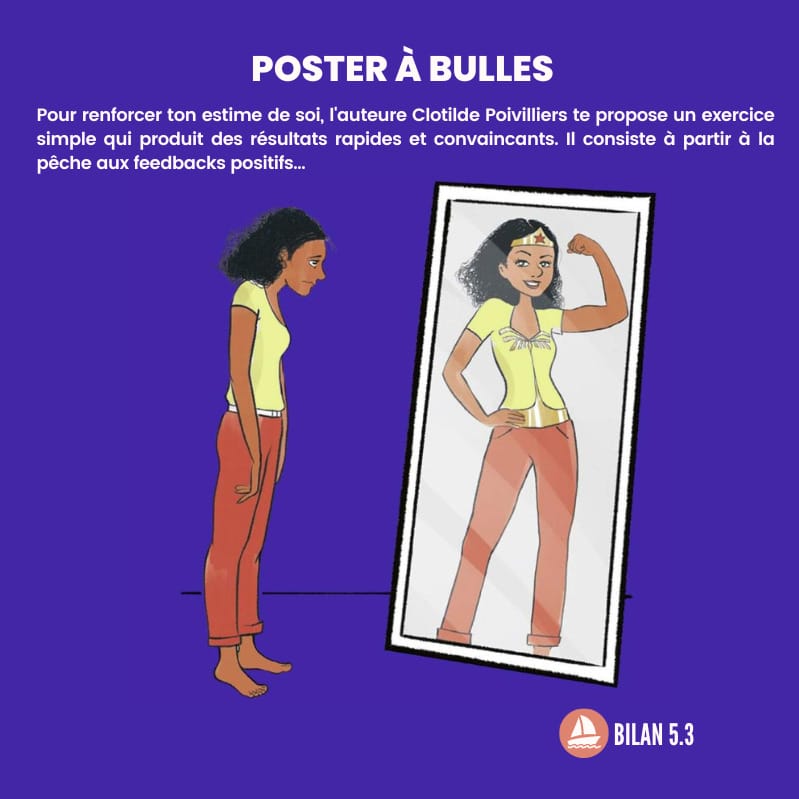A neural network located on the surface of the skin influences our social relationships.

- The published study required three years of work.
- This is the first time that work has been done on pleasant touch neurons in mice.
- Many neurons are on the surface of the skin, and have distinct functions.
Why is a caress pleasant? Is it because our education taught us or is it because our brain decided it? CNRS researchers have found the answer to this question. In a study published Wednesday, June 29 in Science Advancesthey explain how neurons located on the surface of the skin are responsible for the pleasant nature of touch.
#Communicated ????️ | The existence of a circuit of neurons innervating the skin was discovered by researchers, who were able to observe that the activation of these neurons strongly encourages animals to touch each other and therefore to create social ties between them.
➡️ https://t.co/r46kXyt3Td pic.twitter.com/HmhtnKckSO
– CNRS ???? (@CNRS) July 1, 2022
Social relationships related to touch
“Previous research carried out in humans has shown that there is a population of neurons that innervate the skin, and which are correlated with the notion of pleasure, explains Amaury François, researcher at the CNRS, and co-author of the study. But they could never go any further, because you can’t manipulate these neurons.“With his team, they overcame this obstacle by basing their work on the mouse, which also has this kind of neuron.”All mammals, and other species, have neurons that look like these. For example, the zebrafish also have them, which allow it to detect the flow of water but which are also involved in the social relations between fish.“
This research on mice allowed scientists to manipulate neurons to understand their exact role. They found that their activation encourages the animals to touch each other and therefore to create social bonds between them. “Conversely, the alteration, from birth, of the functioning of these neurons, causes a decrease in attraction towards tactile contacts, and therefore a decrease in social interactions in the group.they explain in a communicated. According to them, the phenomenon is the same in humans: a caress is pleasant and encourages interaction. “In humans, the context has an important role, specifies Amaury François. Mental constructs mean that a caress will not be pleasant if it comes from a stranger.”
A tool in the management of autism?
CNRS researchers hope that these results may have different applications. “Most people think that social touch is a mental construct but we show that it’s not, insists Amaury François. Skin can be a way to interact with others and also a way to alter people’s emotions.”
These discoveries could notably have implications in the management of anxiety disorders, depression, but also autism. “Many parents of children with autism spectrum disorders explain that they have touch disorders, either they are hypersensitive or hyposensitive, develops the researcher. Our hypothesis is that these disorders cause these children to be touched less, while this can worsen the symptoms.“Further work will allow us to test this hypothesis, and perhaps to develop new therapies by touch, which would be”set up easily as soon as the diagnosis is made“.
An ongoing study on premature babies
In collaboration with German, Hungarian and Norwegian researchers, the CNRS team is testing protocols concerning premature infants. “Our colleagues are asking the mother to follow a touch protocol to see if it helps reduce the deficits that some very preterm infants suffer from”, explains Amaury François. Preliminary results should be published soon.















